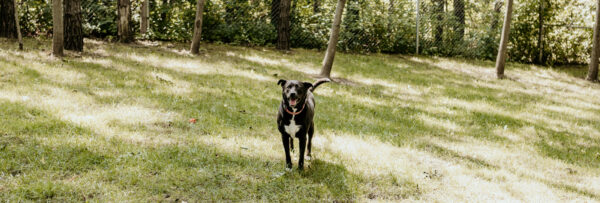
July 18, 2025
Can dogs tell time?
While your dog won’t be looking at the clock and reading the hour and minute hands to tell time, they can absolutely …
Read more »

July 17, 2025
Clicker training your cat
Clicker training is a fun and effective way to help teach a wide variety of animals, including cats and dogs. Unlike …
Read more »

July 15, 2025
The Ontario SPCA hosts vaccination clinic in Cornwall to help protect dogs from deadly parvovirus
IMMEDIATE RELEASE
Cornwall, ON (July 15, 2025) – In an effort to help protect animals and support pet families, t…
Read more »

July 15, 2025
Cool treats and hot tips: 3 pupsicle recipes to treat your dog this summer
When the sun is blazing, there’s nothing better than a cold treat—especially for our furry friends. Keeping pets co…
Read more »

July 14, 2025
Fetch some fun at the Ontario SPCA Muskoka Animal Centre’s Open House
IMMEDIATE RELEASE
Bracebridge, ON (July 14, 2025) – Get ready for a tail-wagging good time at the Ontario SPCA Mus…
Read more »

July 13, 2025
Protecting lawns and gardens from wildlife
‘Tis the season for gardening! But what do you do if you keep finding your lawn or gardens dug up? We’re here to he…
Read more »

July 11, 2025
Tips on caring for your pet rat
Whether you’ve had a pet rat before, or you’re a first-time parent, here are some tips you need to know about food,…
Read more »
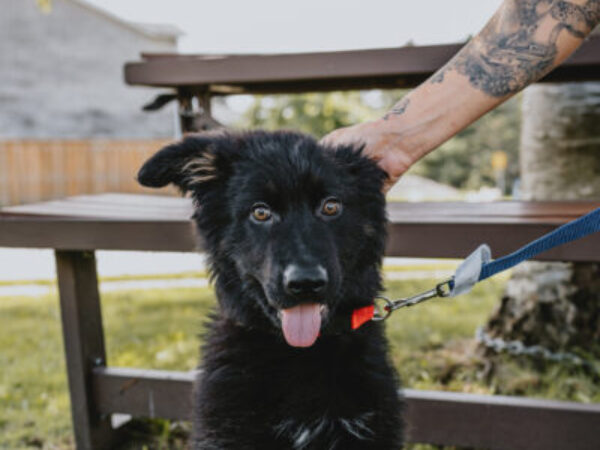
July 10, 2025
Four bugs to be aware of this summer with your pets
Summer is a great time to spend quality time outdoors with your furry friend, but beware of bugs! There are several bug…
Read more »
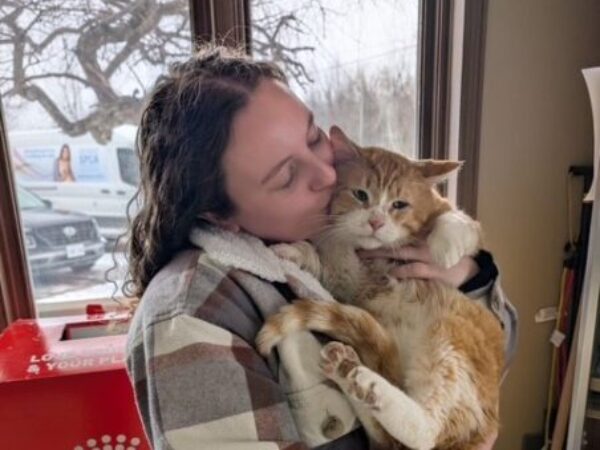
July 8, 2025
Tuna’s journey: From hardship to forever home
In January, Tuna arrived at the Ontario SPCA Stormont, Dundas & Glengarry Animal Centre, and his inspiring story of…
Read more »

July 7, 2025
Learn how to read your cat’s body language
Did you know that cats communicate with their body and facial expressions? Learn what your cat's body language is telli…
Read more »
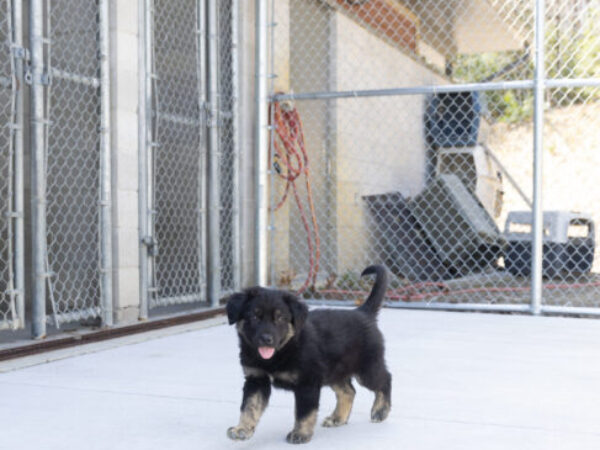
July 4, 2025
Choosing the right boarding kennel for your pet
You have a trip coming up, and your beloved furry friend can’t come with you. How do you choose the right boarding …
Read more »
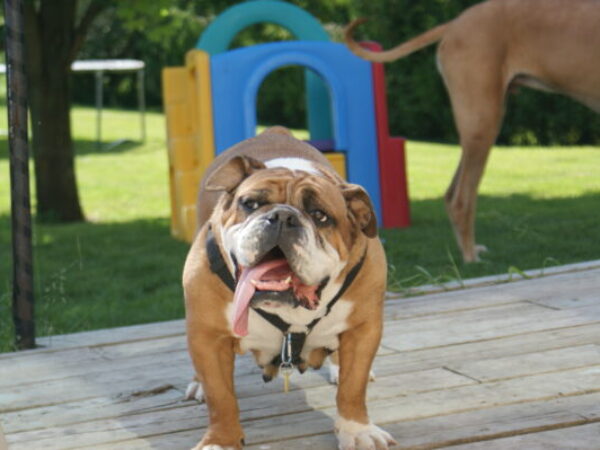
July 3, 2025
Summer safety tips for you and your pets!
As we enter the summer months, it’s important to take extra precautions to keep our furry friends safe. With a few he…
Read more »
Categories
Testimonial
Dogs only ask for your love and attention
Dogs only ask for your love and attention, nothing else. Thank you for everything you do!
Christine
Sign up for news and updates
Thank you for joining our online community.
